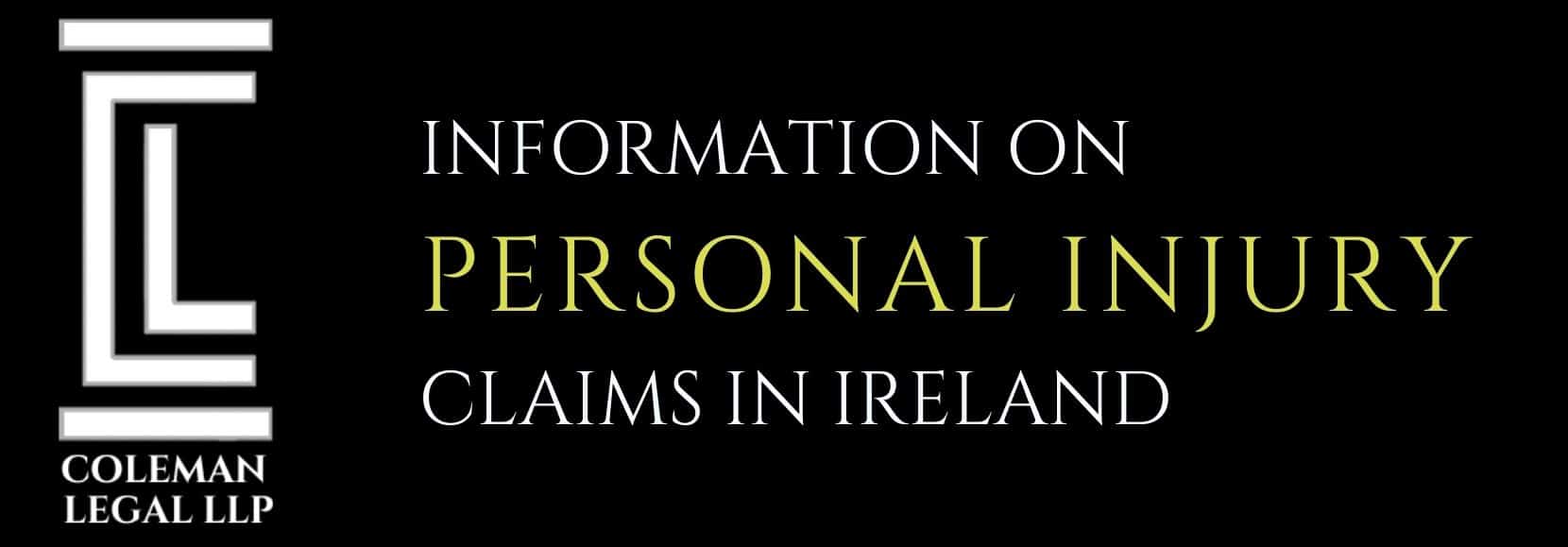Is it possible to claim for shoulder dystocia during birth? The midwife panicked and did not appear to know what to do. An obstetrician was called by not in time to prevent me from suffering a perineal tear and my baby from developing from Erb’s Palsy.
It may be possible for you to make a claim for shoulder dystocia during birth on behalf of your baby for the Erb’s Palsy suffered, in addition to personally claiming compensation for a perineal tear, although eligibility to make both shoulder dystocia claims should be confirmed by a solicitor.
A solicitor will need to establish whether, under the circumstances, there was a failure in a duty of care and negligence by the midwife, hospital administrations staff or the obstetrician for not being present from the onset of labour.
From what you have described it appears that the midwife did not have sufficient training on how to deal with medical emergencies such as shoulder dystocia, or that she lacked the confidence or competence to follow the standard procedures for delivering a baby when the shoulder becomes trapped in the mother’s pelvis. These procedures are known by the acronym HELPERR, and there would be no defence against the midwife being unaware of the procedures to follow.
If the midwife was uncertain, incompetent or lacked training, the obstetrician should have been called immediately. This is covered by the ‘H’ in the HELPERR protocol, which signifies ‘call for help’, the first step to take when shoulder dystocia occurs or is suspected.
Although the midwife may not have been able to prevent shoulder dystocia, it should have been possible to reduce the severity of the injuries caused to both you and your baby. If it can be established and proven ‘on the balance of probabilities’ that the midwife was incompetent or otherwise was negligent (or there were procedural failures at the hospital resulting in a delay in receiving medical attention), it should be possible for a shoulder dystocia compensation claim to be made.
To establish and prove negligence you will need to receive assistance from a specialist medical negligence solicitor. Although it does appear that you will have a strong case for compensation for shoulder dystocia, obtaining evidence of negligence to substantiate a claim can be problematic without the help of a solicitor.
A solicitor will also need to engage the services of an independent medical expert to assist with an assessment of your right to claim. One of the roles of the medical expert is to establish medically if the injuries would have been sustained to you and your baby even if the correct protocol was followed, or if action was taken promptly to release your baby’s impacted shoulder.
If the injuries were unavoidable under the circumstances, and it cannot be established that the severity of the Erb’s Palsy or your perineal tear could not have been significantly reduced, it is unlikely that your claim for compensation for shoulder dystocia will be successful.
In the first instance you should speak with a personal injury solicitor about the circumstances of your case, and explain in detail the sequence of events of the birth. You will most likely be asked about pre-natal care and checkups you had prior to delivery. The more information you can provide, the easier – and quicker – it should be to establish whether you can make a claim for shoulder dystocia during birth and claim compensation for a perineal tear.
